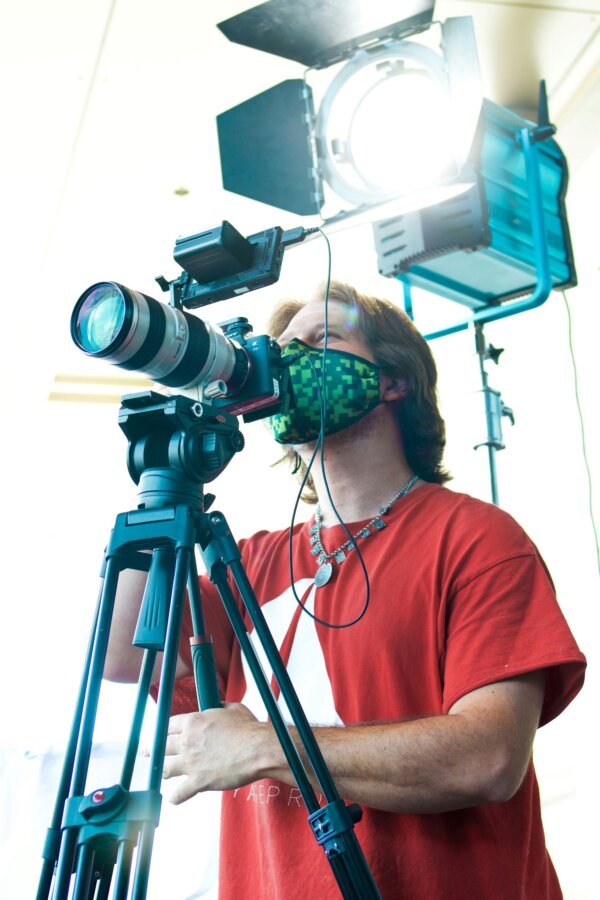Three strikes and out for Chanel?
Written by Saad Khan | January 30, 2022
In 2017, Chanel – the French luxury fashion house – were quick to oppose Huawei’s EUTM application for the mark below (left image), based on the relative grounds for refusal. Altogether, Chanel have tried to annul Huawei’s mark three times with the most recent being in the EU General Court April 2021. Here is a brief background to this trade mark opposition saga.


The Background
Huawei applied for its mark in class 9 – computer software, smart glasses and smartwatches.
Chanel’s well-known trade mark (above, right) also covers class 9, as well as classes which include goods such as perfumes, cosmetics, and clothes.
Chanel’s opposition was based on the relative grounds for refusal, which would prevent Huawei’s mark from being registered if:
- The marks are identical/similar, and the goods or services covered by the trade marks are identical/similar, thus causing a likelihood of confusion on the part of the public.
- The trade mark applied for is identical/similar to an earlier trade mark, the earlier trade mark has a reputation and the trade mark applied for would take unfair advantage of or be detrimental to the distinctive character or the repute of the mark.
Both the Opposition Division and Fourth Board of Appeal dismissed Chanel’s opposition to Huawei’s mark. Chanel then appealed to the EU General Court.
EU General Court Appeal
One of Chanel’s arguments was that when assessing whether the Huawei mark is identical/similar, the sign should be rotated by 90 degrees (see below). However, the Court’s view was that the signs ‘must be compared in the form in which they are protected … the actual or potential use of the registered marks in another form is irrelevant.’

The Court asserted that the marks, when compared in their original orientation, are visually different. Though both marks share some characteristics, for example the two interlaced curves, the Court considered the thickness of the interlaced Chanel curves, and the orientation of the vertical ‘H’ in Huawei’s mark against the horizontal ‘C’ in Chanel’s mark. Additionally, the circle around Huawei’s mark gives it ‘a specific arrangement and proportions which are not present’ in Chanel’s mark.
With the Court’s finding that both marks are not similar/identical, there was no need to consider the ‘other relevant factors’ when establishing both relative grounds for refusal (see 1 and 2 above). Consequently, the EU General Court dismissed Chanel’s appeal.
Comment
The key takeaway here is that when comparing two marks, the comparison must assess the marks in their original form – that is, how they appear on the register. What would have been interesting is if Huawei’s mark was registered horizontally as opposed to vertically; Chanel ight have had a better argument as to similarity.
Given that Chanel have lost in these proceedings three times, it will probably have thought thrice before appealing to the Court of Justice.
Written by Saad Khan – Paralegal

